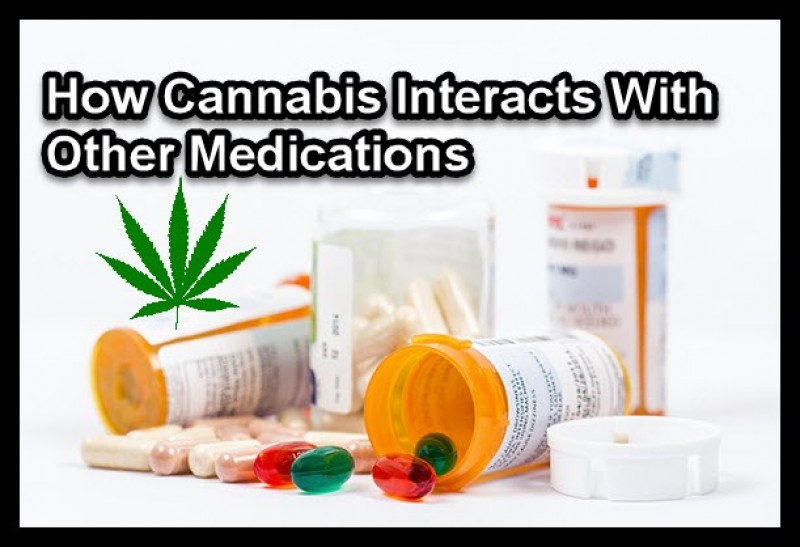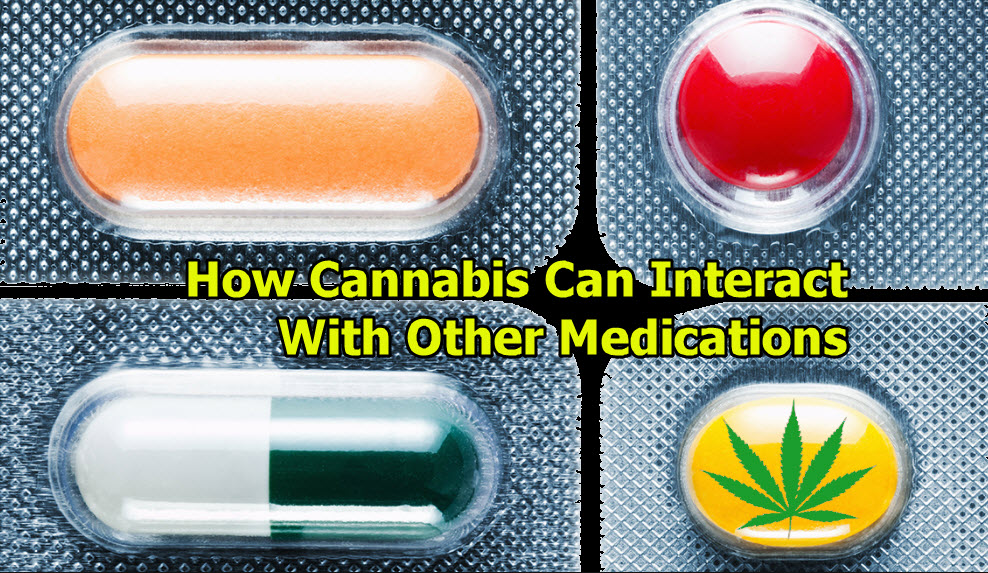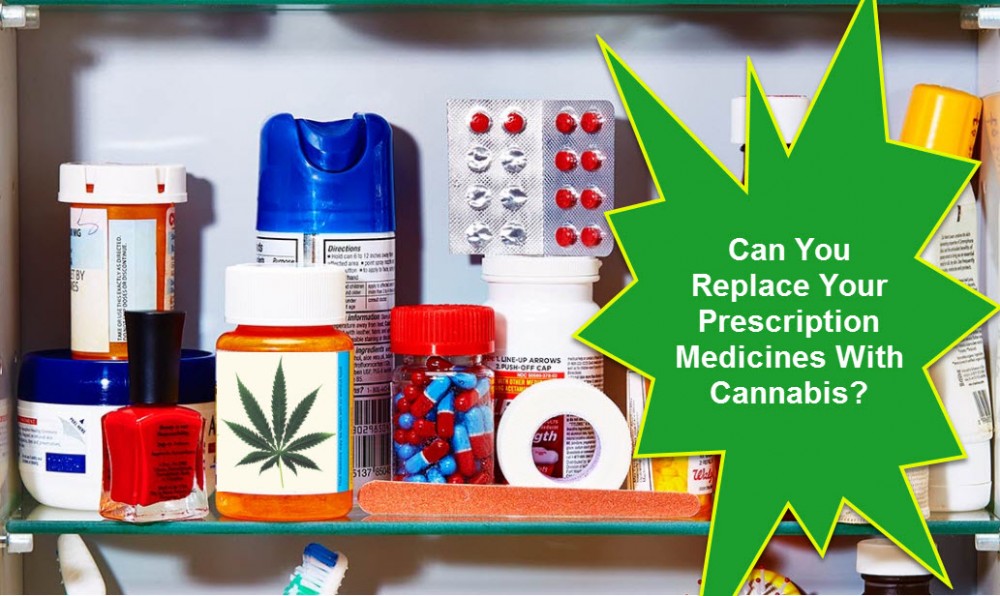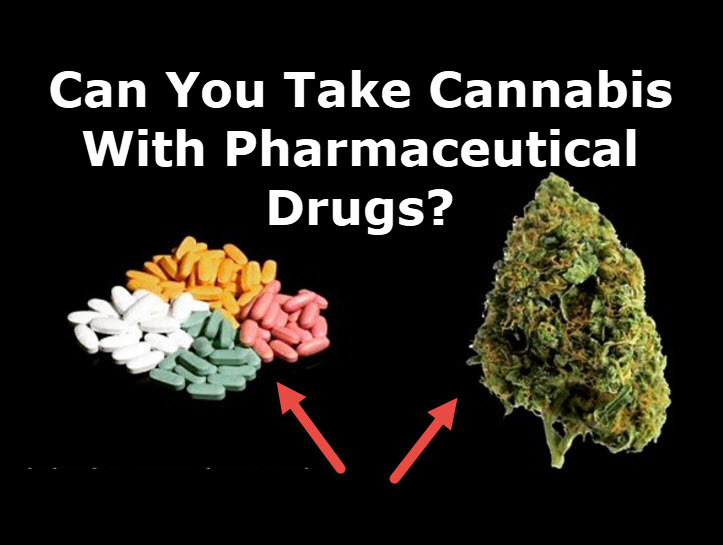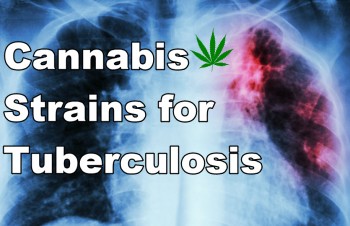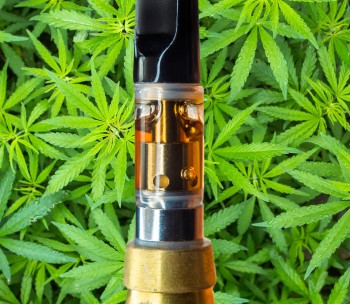How Cannabis Interacts With Other Medications
Does Cannabis Interfere with Prescription Medications? from CannabisNet on Vimeo.
Despite the mounting body of evidence that cannabis can be used to treat a multitude of diseases, from skin conditions to cancer, we still need more research.
We still can’t say that cannabis alone should suffice in substituting a number of pharmaceutical drugs on the market that have been developed to treat specific diseases. However, we do know that cannabis can work complementarily with certain treatments, such as chemotherapy. But there’s much more to combining cannabis and medications than we know.
Mixing pot with medications can either be a good or bad thing. In the worst case scenario, it can even be dangerous. This is because both THC and CBD, the primary constituents in cannabis, both have the potential to amplify or inhibit the effects of commonly used medications such as insulin, statins, pain killers, blood thinners, and more. When chemicals react with each other, they can either have an additive or synergistic effect. Additive effects mean that when 2 chemicals or more interact, their effects pile up. On the other hand, synergistic effects mean that two chemicals produce a stronger effect when combined than when used individually.
We are only scratching the surface in terms of what we know about how cannabis interacts with certain drugs. This is what we know so far, but then again the outcomes can never be accurately predicted and thus mixing cannabis with drugs should only be done with the consultation or guidance of a doctor.
Pain Medications
NSAIDS: Nonsteroidal anti-inflammatory drugs (ibuprofen, aspirin, naproxen, diclofenac, etodolac, etc)
NSAIDS and cannabinoids may have a synergistic effect when combined, resulting in more powerful pain relief. However, this cannot be generalized. Studies show that acetaminophen (Tylenol, paracetamol) may inhibit endocannabinoid reuptake.
Opiates (oxycodone, morphine, methadone, hydrocodone, etc)
Combining opioids with cannabis has an additive effect, which means that in the right dosage, it doesn’t result in unwanted side effects but they both help with pain relief. Opioid dosage will have to be reduced to allow cannabis to compensate for its analgesic properties, which is a beneficial aspect of combining these two drugs since opioids have a high risk for abuse and can be fatal. There’s no doubt that using cannabis as the first line of defense for chronic pain is still safer than resorting to opioids – the exception would be extreme cases such as those who are terminally ill.
Insulin
While there is evidence suggesting that cannabis is beneficial in decreasing insulin resistance, improves blood sugar control, and improves the metabolic process, cannabis may work favorably with other insulin drugs. While conclusive evidence is lacking, there is a possibility that cannabis when used with insulin could result in too-low glucose levels. For this reason, diabetic patients should always monitor the effects of combining cannabis with insulin and adjust dosages as needed.
Blood Thinners (warfarin, heparin, etc)
CBD and THC may increase the effect of medications used to thin blood, such as warfarin and heparin. It can also have the same effect on drugs that have a risk of blood thinning, such as ibuprofen and naproxen. Additionally, THC and CBD may inhibit the metabolism of these drugs in the body and displace them from protein binding sites. In short, combining cannabis with blood thinners can be dangerous.
Sedatives (benzodiazepines , antidepressants, barbiturates, etc.)
Sedatives produce a calming effect, in the same way that the cannabinoids in cannabis do. However, the compounds in cannabis can have different effects depending on the strain or product used. A cannabis product with higher doses of THC would be more stimulant than sedative, while CBD can energize as well as calm you. When combining sedatives with cannabis, this will generally result in an additive effect – you will become much more sedated than using cannabis alone or a sedative alone. Even though it’s not as dangerous as mixing sedatives with alcohol, mixing cannabis with sedatives is still risky and should be avoided.
Blood Pressure Drugs (thiazide diuretics, calcium channel blockers, angiotensin receptor blockers, etc)
THC works by activating the CB1 and CB2 receptors simultaneously. In order to do so, this requires a cardiovascular stress response that increases cardiac oxygen consumption which then decreases blood flow in the coronary arteries. Patients who are taking medications for blood pressure should take cannabis with caution, since it may have additive effects.
Conclusion
Cannabis is generally well-tolerated and safe for most patients. However, there still is a risk of serious side effects when cannabis is mixed with other drugs carelessly. Keep in mind that cannabis is comprised not just of THC and CBD, but of hundreds of other compounds that we still don’t fully understand. Cannabinoids and terpenes may have potential interactions, both positive and negative, which will also vary depending on the strain or type of cannabis product used.
How Medical Marijuana Interacts With Other Medications from CannabisNet on Vimeo.
OTHER STORIES YOU MAY ENJOY..
MARIJUANA WITH OTHER MEDS, READ THIS FIRST, CLICK HERE.
OR..
MEDICAL MARIJUANA INSTEAD OF PRESCRIPTIONS, CLICK HERE.
